Iceland stands as a monument to nature’s raw power and pristine beauty, a landscape forged by fire and ice where silence reigns supreme. In a world increasingly filled with noise and crowds, this island nation offers rare spaces where solitude isn’t just possible but inevitable.
The country’s sparse population, concentrated primarily around Reykjavík, leaves vast stretches of wilderness where a camper can experience profound isolation beneath skies untainted by light pollution. Here is a list of 15 exceptional camping locations across Iceland where you can disconnect completely and experience the restorative power of silence and solitude in some of Earth’s most dramatic landscapes.
Þórsmörk
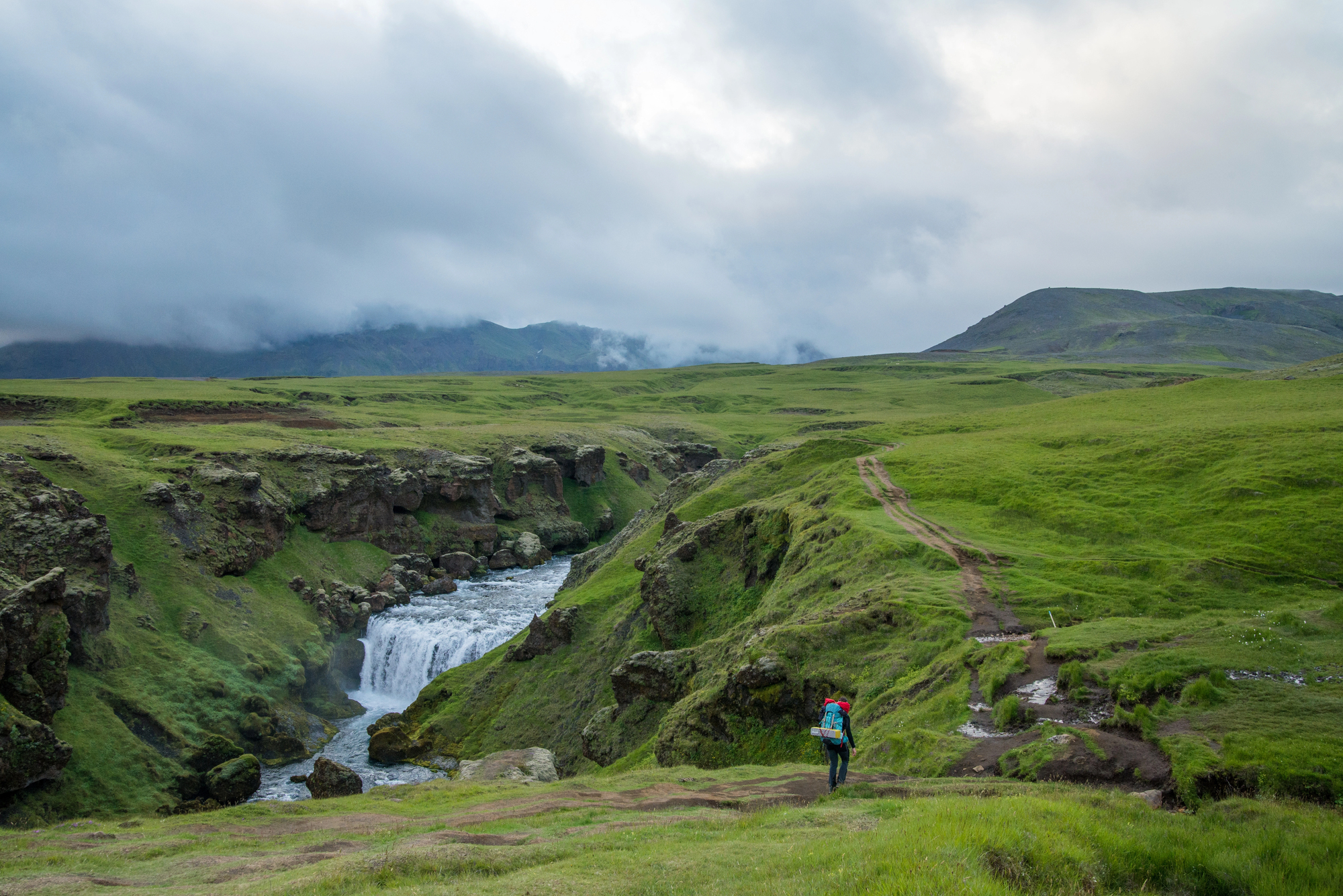
Nestled between three glaciers in the southern highlands, this valley requires a serious river crossing that keeps casual tourists at bay. The reward for your efforts is a surreal landscape of moss-covered volcanic rock formations and twisted birch trees that create natural windbreaks for tents.
The only sounds you’ll hear are glacial rivers and the occasional arctic fox padding silently through camp at twilight.
Hornstrandir Nature Reserve
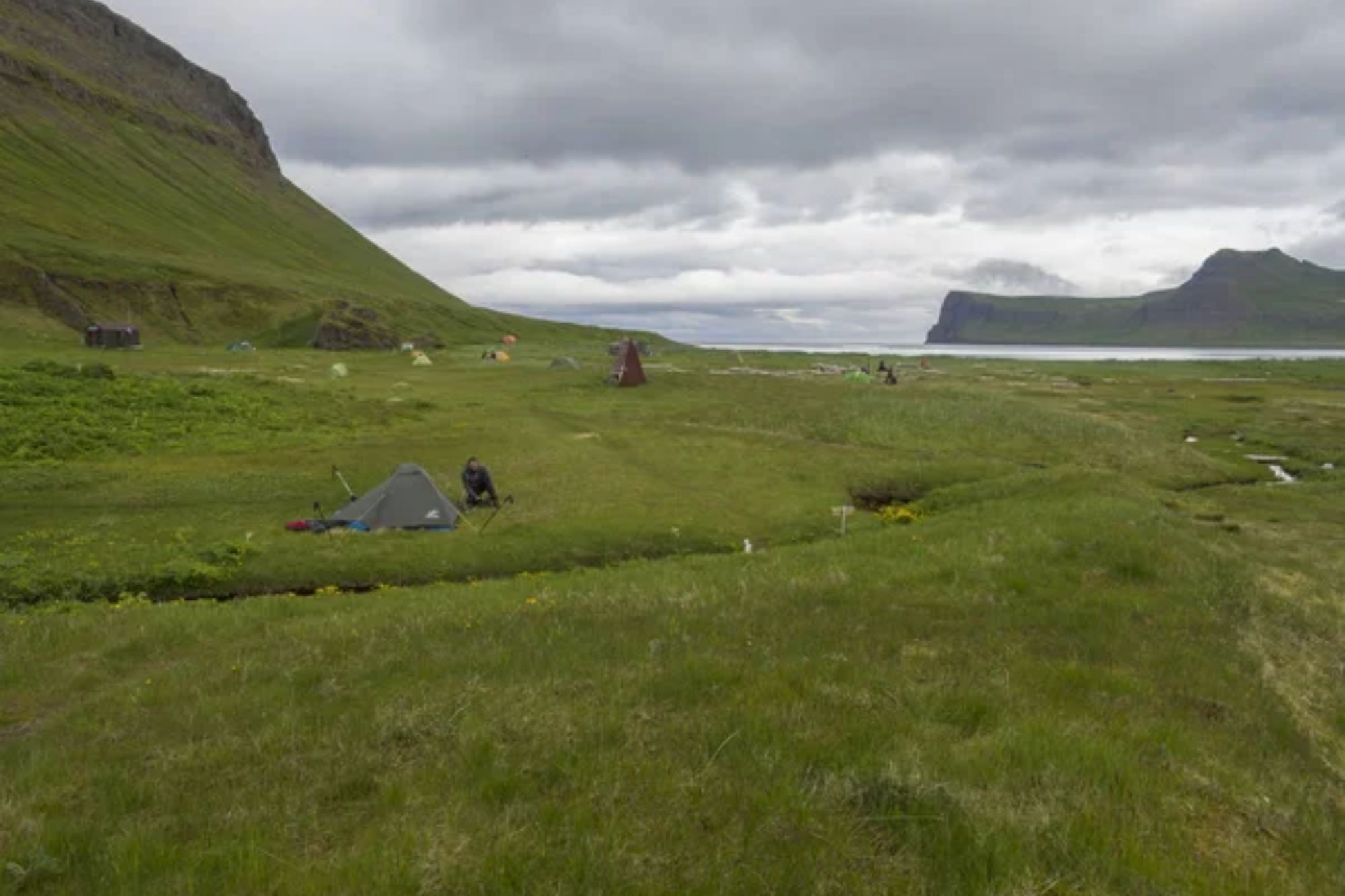
Located in the remote northwestern fjords, this abandoned region is accessible only by boat and offers Iceland’s most profound isolation. No roads or permanent residents exist here, just arctic foxes roaming freely across flower-filled meadows that tumble down to the sea.
The reserve’s strict regulations limit visitor numbers, ensuring that your tent might be the only human presence for miles along this pristine coastline.
Langisjór
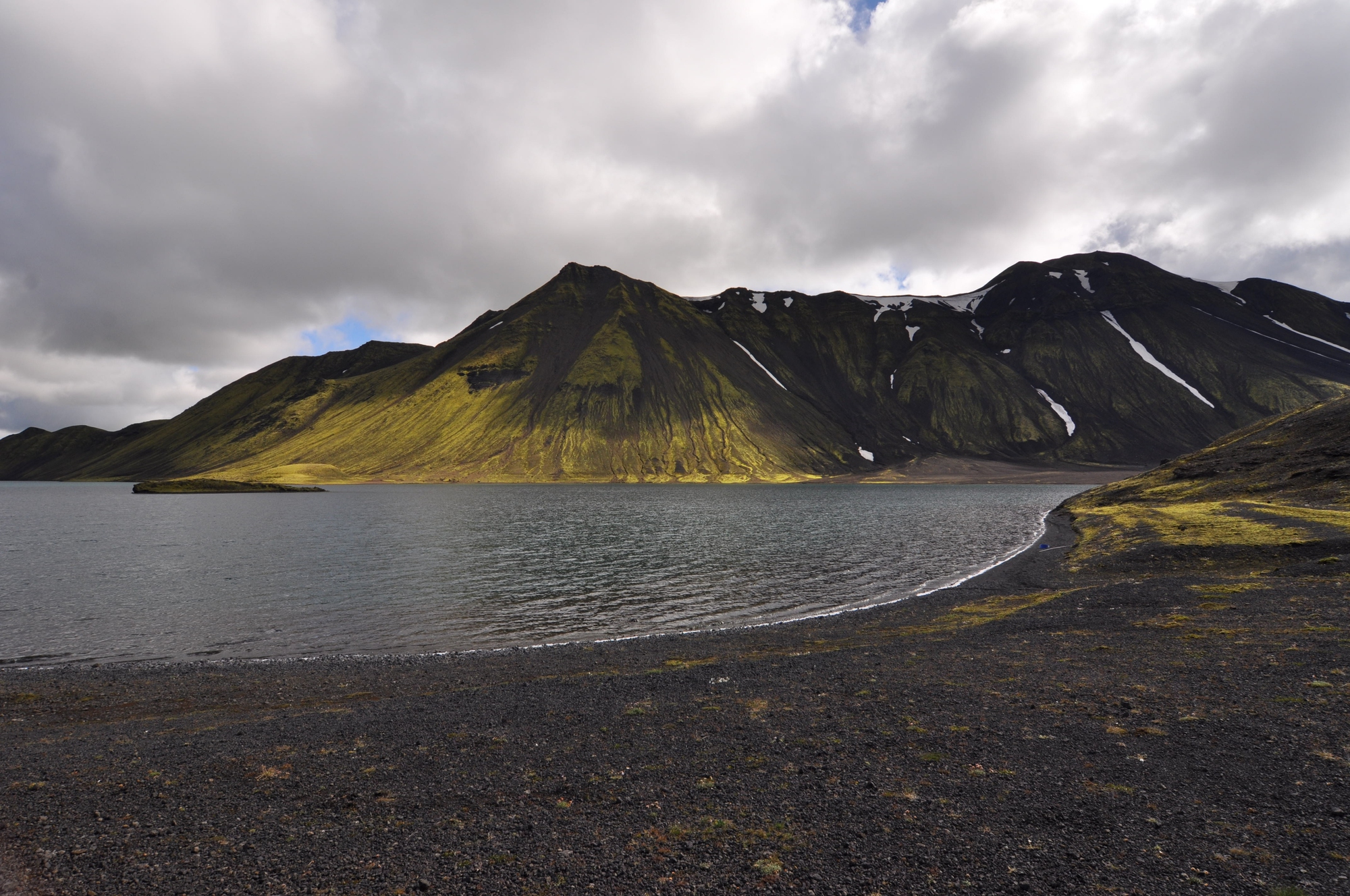
This highland lake stretches nearly 12 miles along the western edge of Vatnajökull National Park, its turquoise waters contrasting dramatically with surrounding black sand deserts. Camping on its shores offers uninterrupted solitude with views of the massive Vatnajökull glacier illuminated by midnight sun.
The lake sits at 2,000 feet elevation, creating a microclimate where silence feels almost tangible against the backdrop of distant ice caps.
Like Travel Pug’s content? Follow us on MSN.
Ásbyrgi
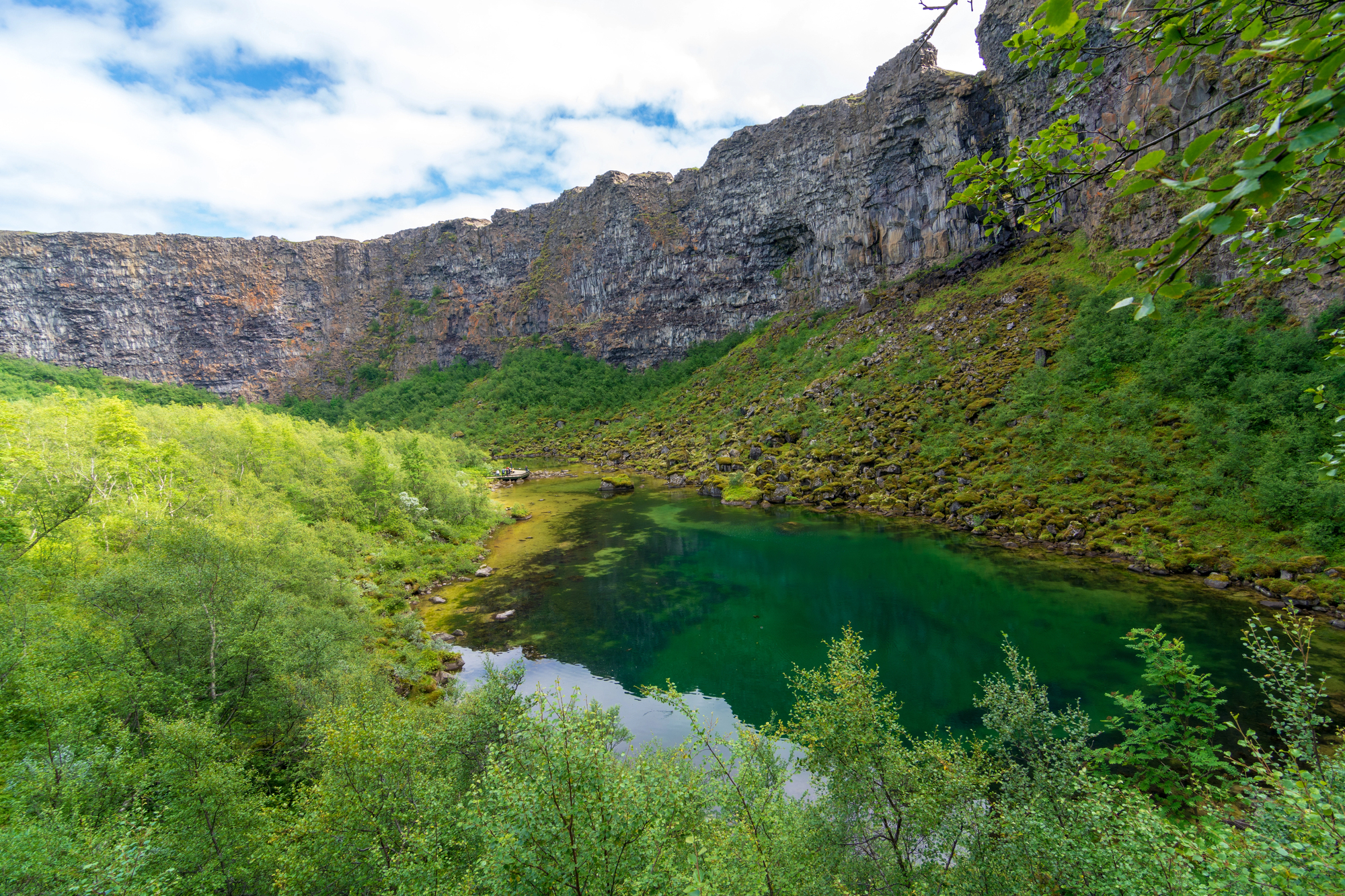
This horseshoe-shaped canyon in northeast Iceland combines dense woodland with towering 300-foot cliff walls that amplify the feeling of seclusion. The forest floor provides naturally padded camping spots beneath Iceland’s largest concentration of birch and willow trees.
Local legend holds that this formation marks where Odin’s eight-legged horse touched the earth, lending a mythic quality to the profound silence that pervades the canyon.
Fjallabak Nature Reserve
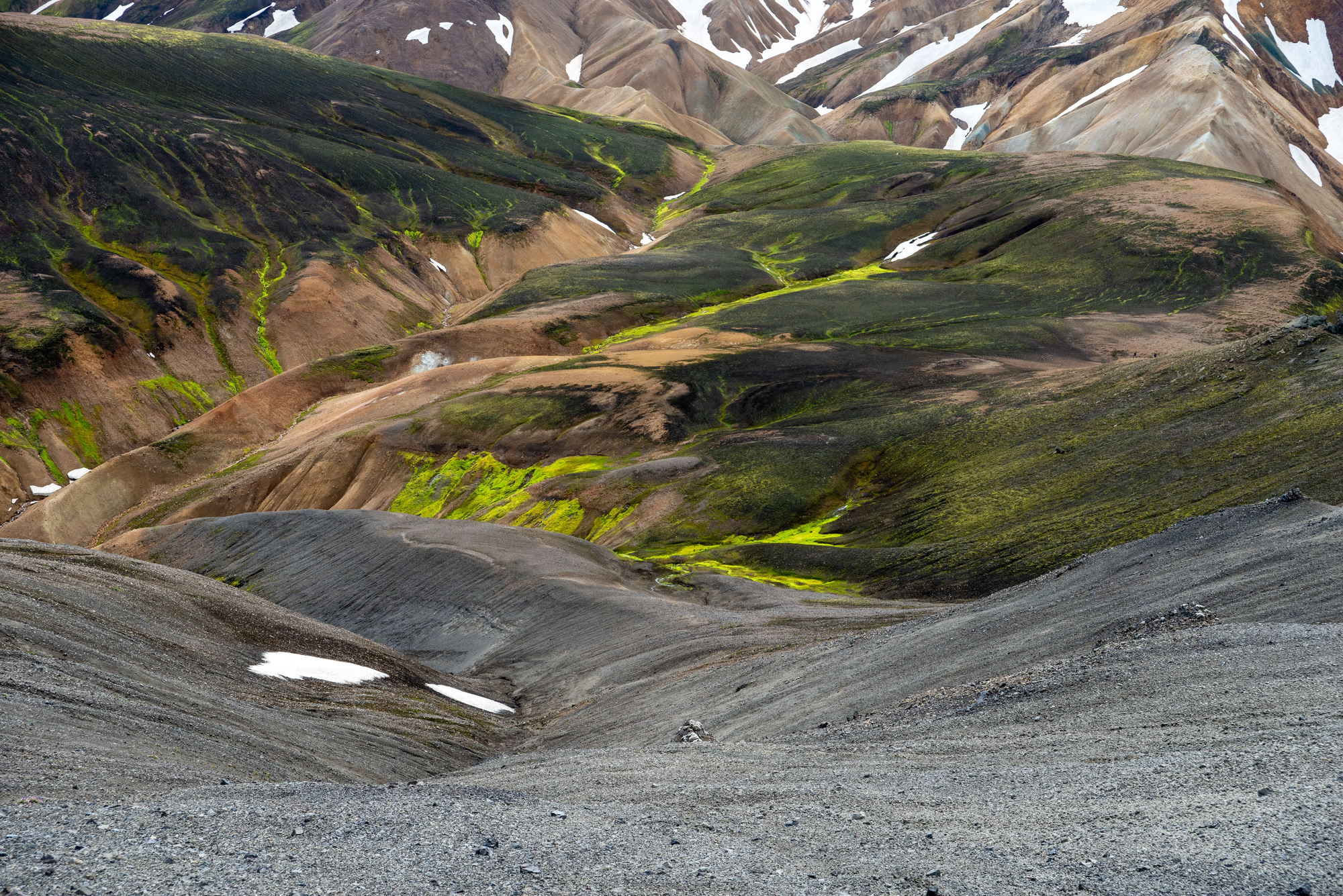
The name translates to ‘behind the mountains,’ aptly describing this highland wilderness area isolated from coastal populations by massive volcanic ranges. The reserve contains the multi-colored rhyolite mountains of Landmannalaugar without the crowds found at the main huts.
Backcountry camping here puts you amid steaming geothermal areas where you can experience true solitude while watching the midnight sun illuminate mountains in shades of amber and crimson.
Langanes Peninsula
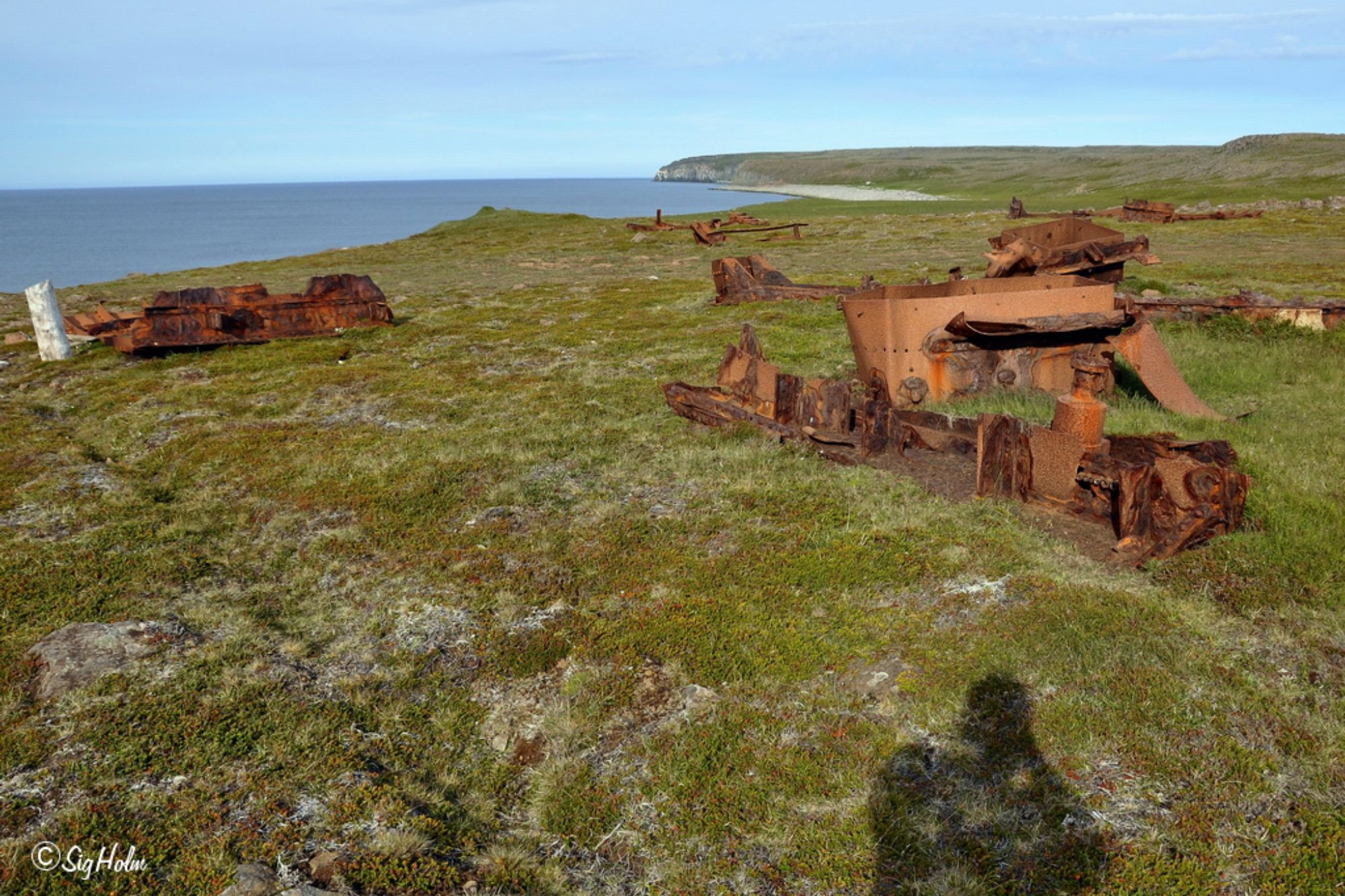
This remote, sparsely inhabited peninsula in northeast Iceland extends like a finger pointing toward the Arctic Circle, narrowing to a thin strip of land surrounded by the North Atlantic. The abandoned village of Skálar sits at the peninsula’s tip, offering camping among ruins where seabirds vastly outnumber human visitors.
The peninsula’s isolation and constant wind create a natural white noise that deepens the sense of detachment from the modern world.
Like Travel Pug’s content? Follow us on MSN.
Lónsöræfi
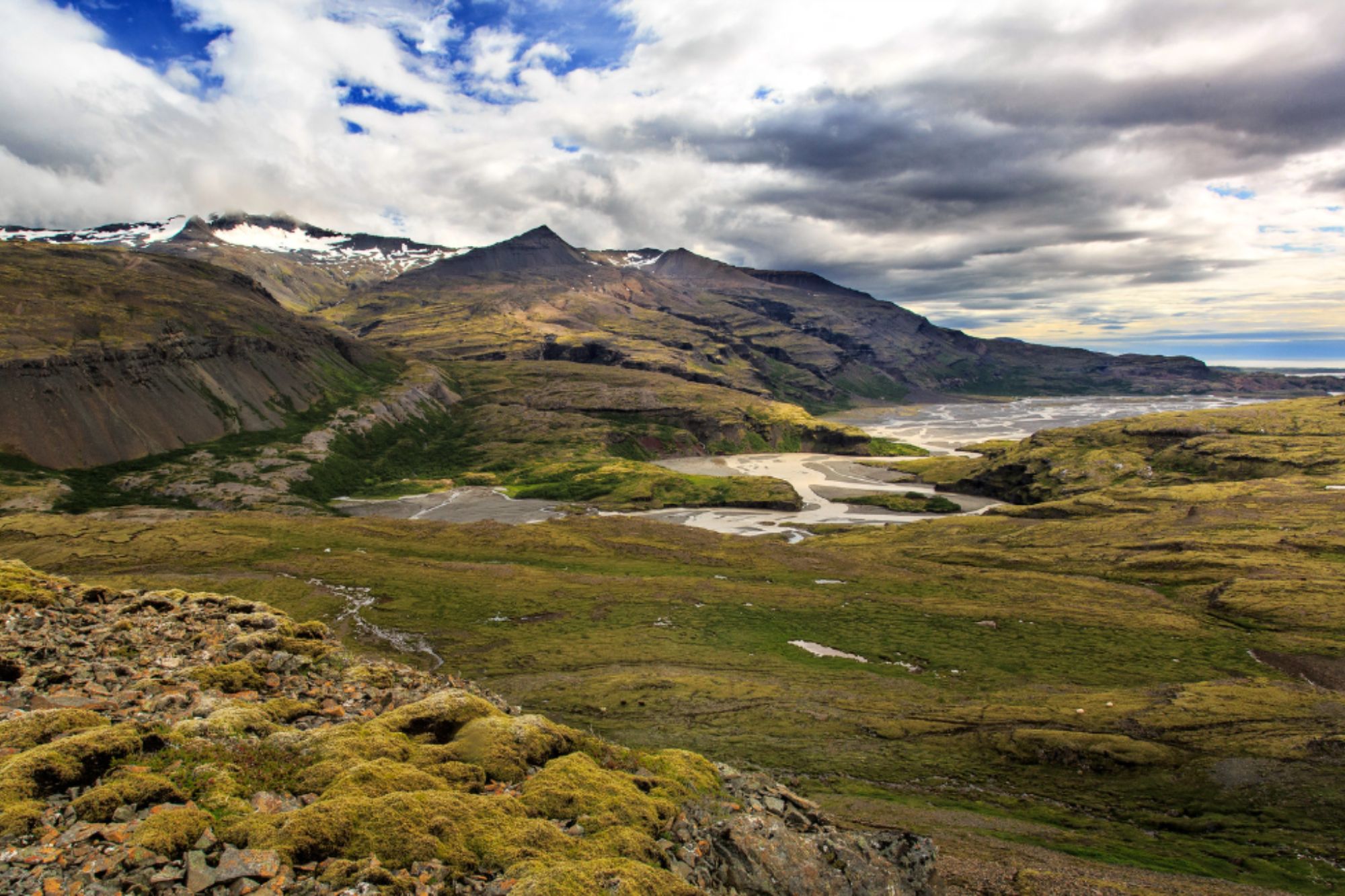
Hidden in the eastern highlands, this nature reserve remains one of Iceland’s least-visited wilderness areas due to challenging access. Deep valleys cut between colorful rhyolite mountains create natural amphitheaters where sound seems to disappear entirely.
The area borders Vatnajökull glacier, providing opportunities to camp with views of Europe’s largest ice cap without encountering another human for days at a time.
Kerlingarfjöll
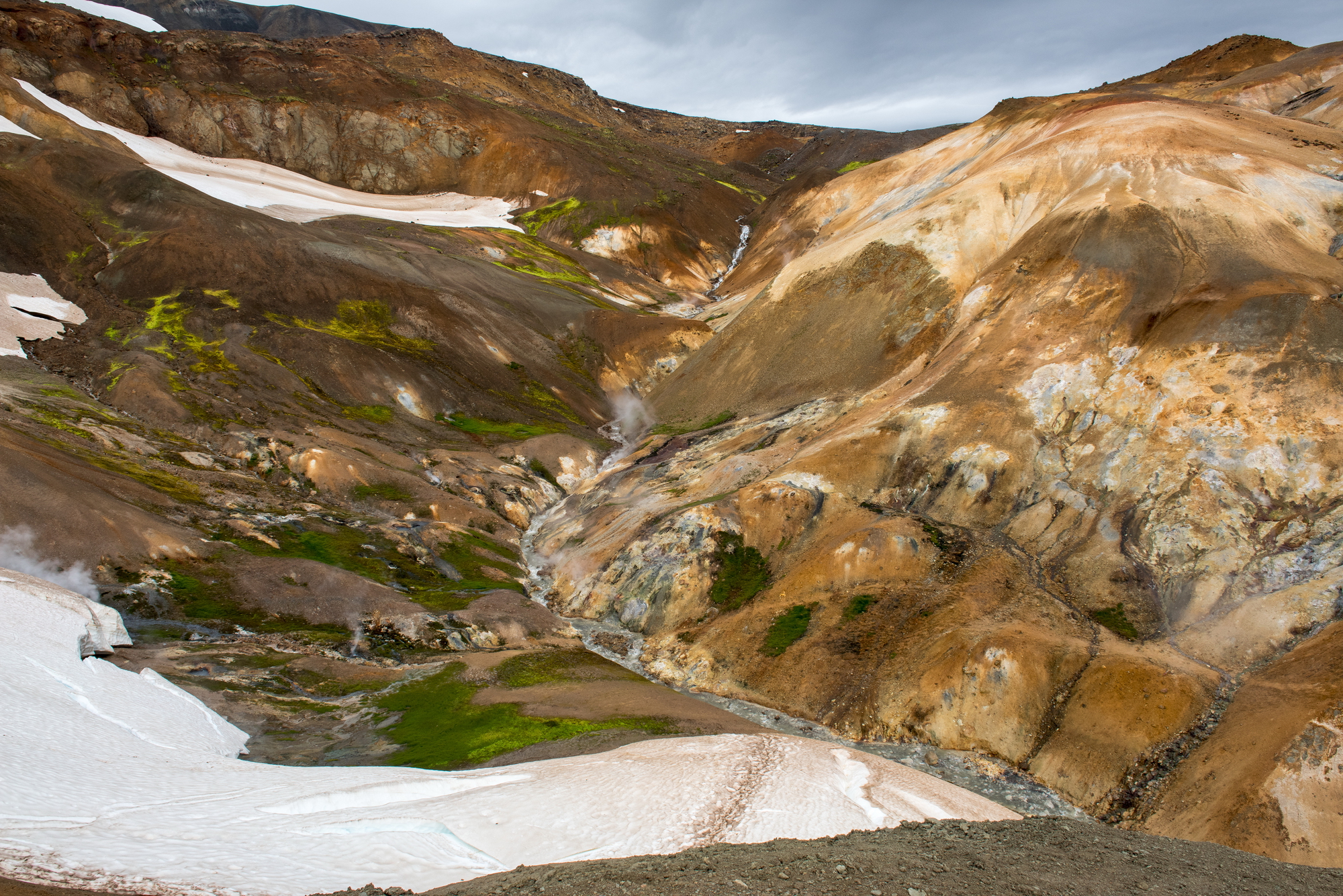
This mountain range in the central highlands rises dramatically from surrounding plains, its peaks stained orange and red by high geothermal activity. Despite growing popularity, the range’s vast area means finding solitude requires only a short hike from the main camping area.
The contrast of snow-capped peaks against steaming earth creates microclimates where you can camp amid swirling mists that muffle sound and enhance the feeling of isolation.
Fljótsdalur
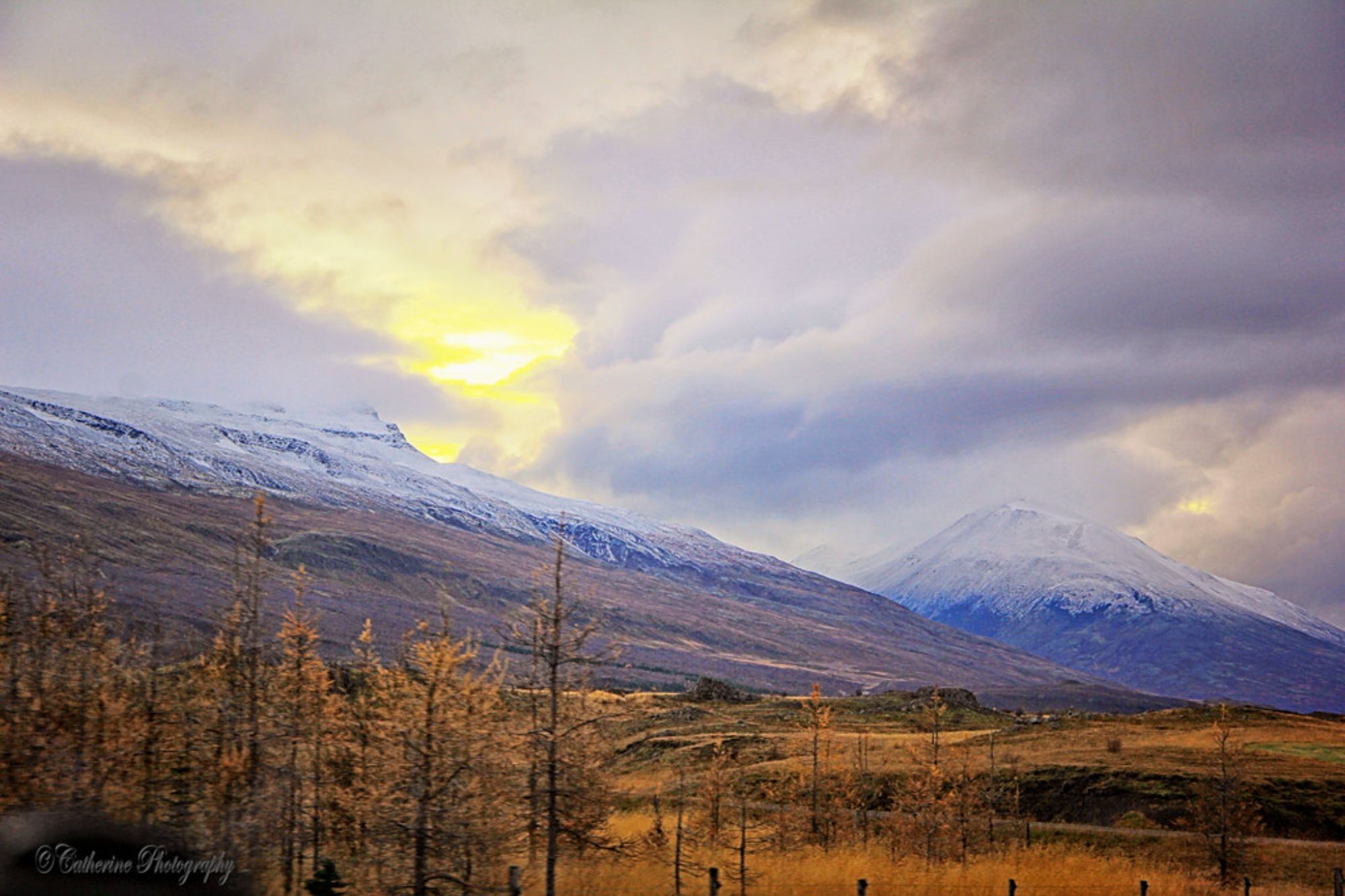
This eastern valley extends from Iceland’s largest forest to the edge of the highlands, providing diverse camping options in a region often skipped by tourists. The upper valley features a series of cascading waterfalls that create natural white noise, perfect for masking the already minimal human presence.
Local folklore identifies this area as home to Iceland’s most famous lake monster, adding a touch of mystery to the profound silence.
Like Travel Pug’s content? Follow us on MSN.
Stórurð

This hidden valley in East Iceland features a boulder field interspersed with turquoise pools, all nestled beneath dramatic mountain peaks. The name translates to ‘Giant Boulders,’ describing massive rocks that create natural enclosures for camping with complete privacy.
The 3-hour hike required to reach this spot ensures it remains uncrowded even during peak season, offering perfect solitude beneath the midnight sun or northern lights.
Hvanngil
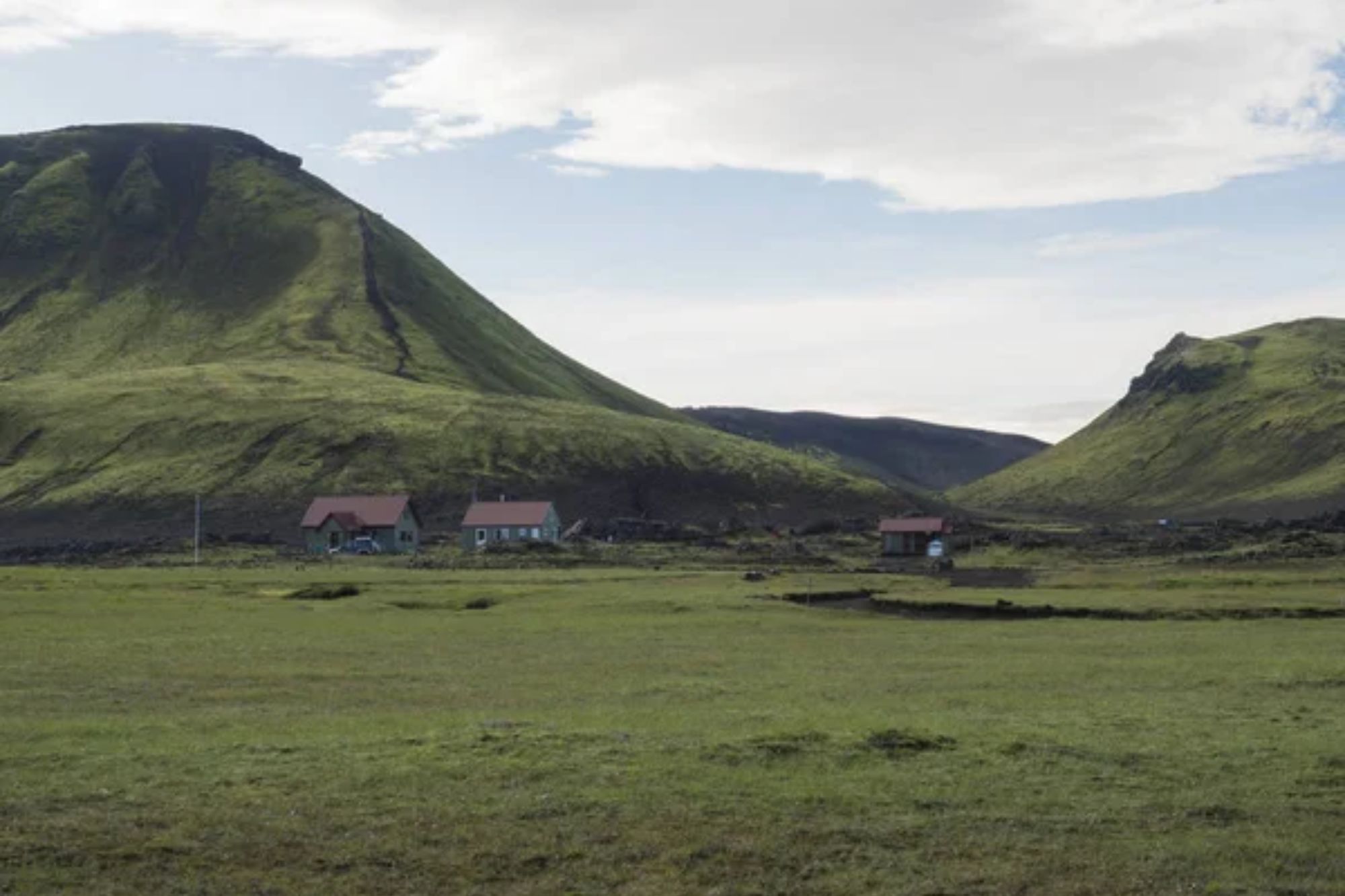
Located in the southern highlands between popular destinations, this verdant valley somehow remains overlooked despite its accessibility from the Laugavegur hiking trail. The valley’s lush grass provides comfortable camping between stark black mountains, with several tributary valleys allowing hikers to escape the main trail completely.
Natural springs provide crystal-clear drinking water, eliminating the need to carry heavy supplies into this peaceful sanctuary.
Seyðisfjörður Highlands
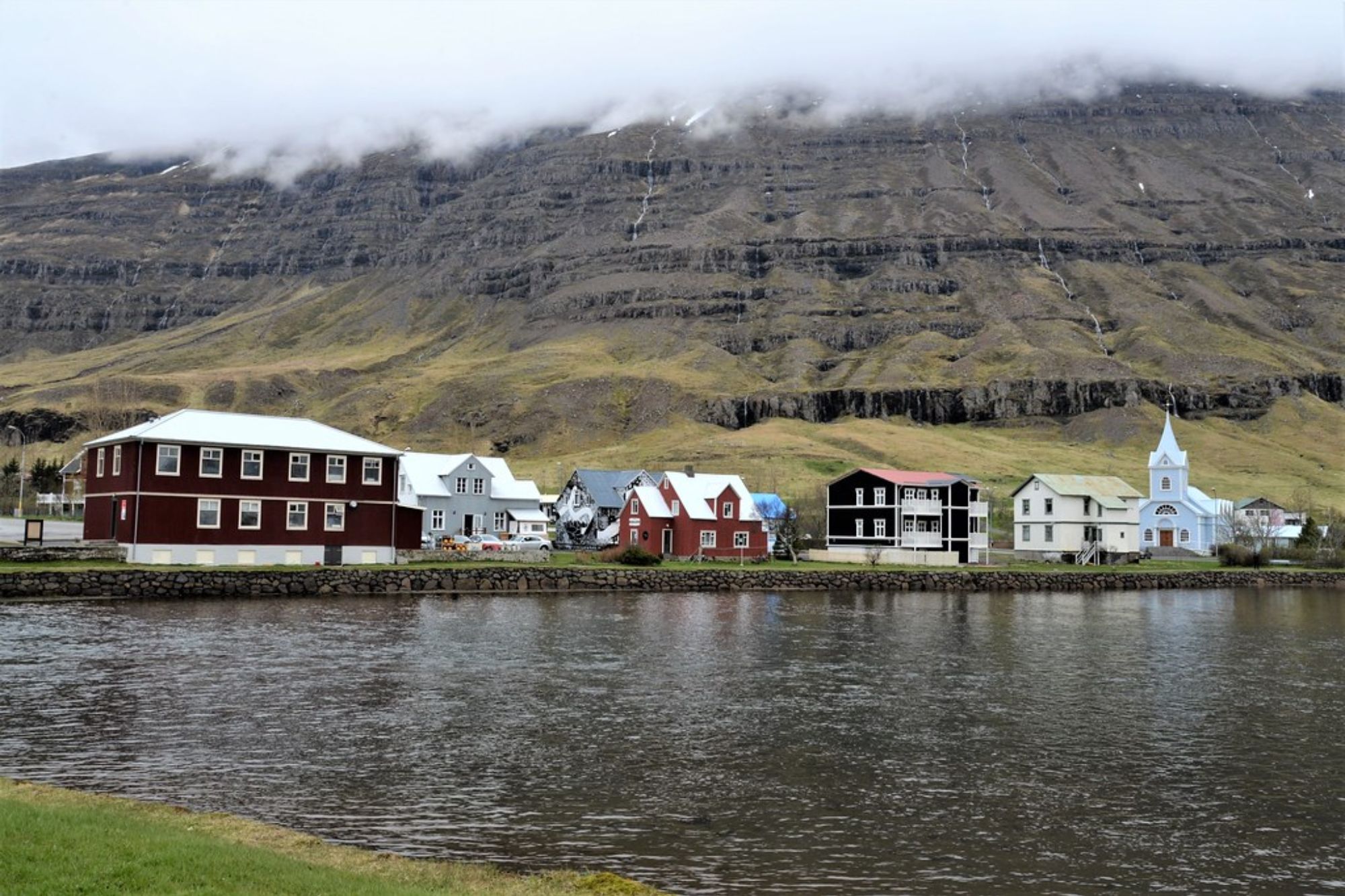
While the coastal town receives cruise ships, few visitors venture into the high valleys above the fjord where abandoned farmsteads dot the landscape. These highlands feature numerous small lakes perfect for wild camping, with views extending down the fjord to the distant ocean.
Remnants of ancient settlements create natural windbreaks for tents while connecting campers to the human history of this now-empty landscape.
Like Travel Pug’s content? Follow us on MSN.
Hengifoss Highlands
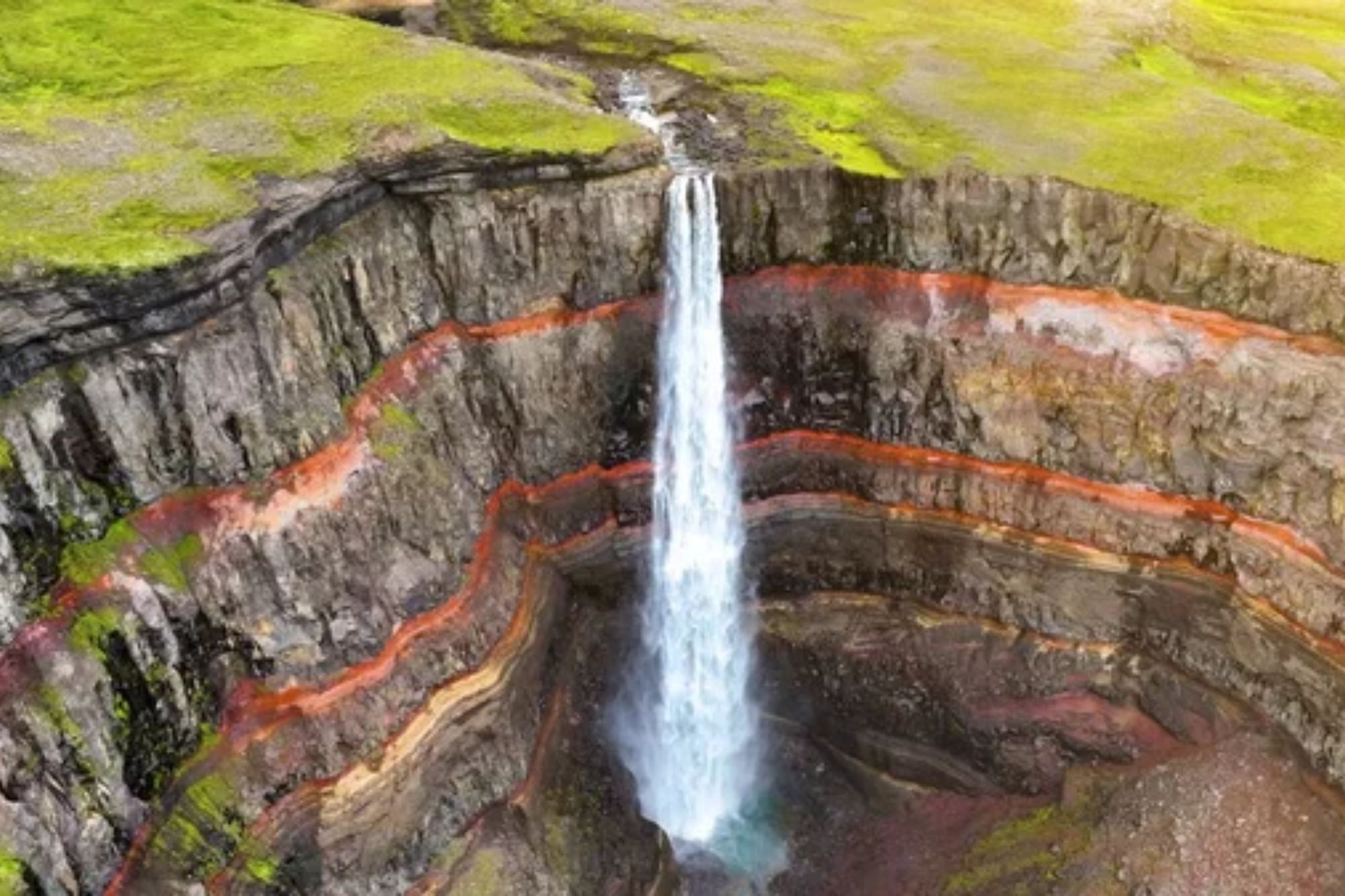
Most visitors photograph the famous waterfall and leave, missing the highland plateau above where absolute silence awaits. The upper reaches feature mars-like terrain with views across Lake Lagarfljót to distant mountains.
The plateau’s elevation creates a sound barrier that blocks noise from the popular hiking trail below, allowing campers to experience true silence beneath some of Iceland’s darkest night skies.
Tröllaskagi Peninsula
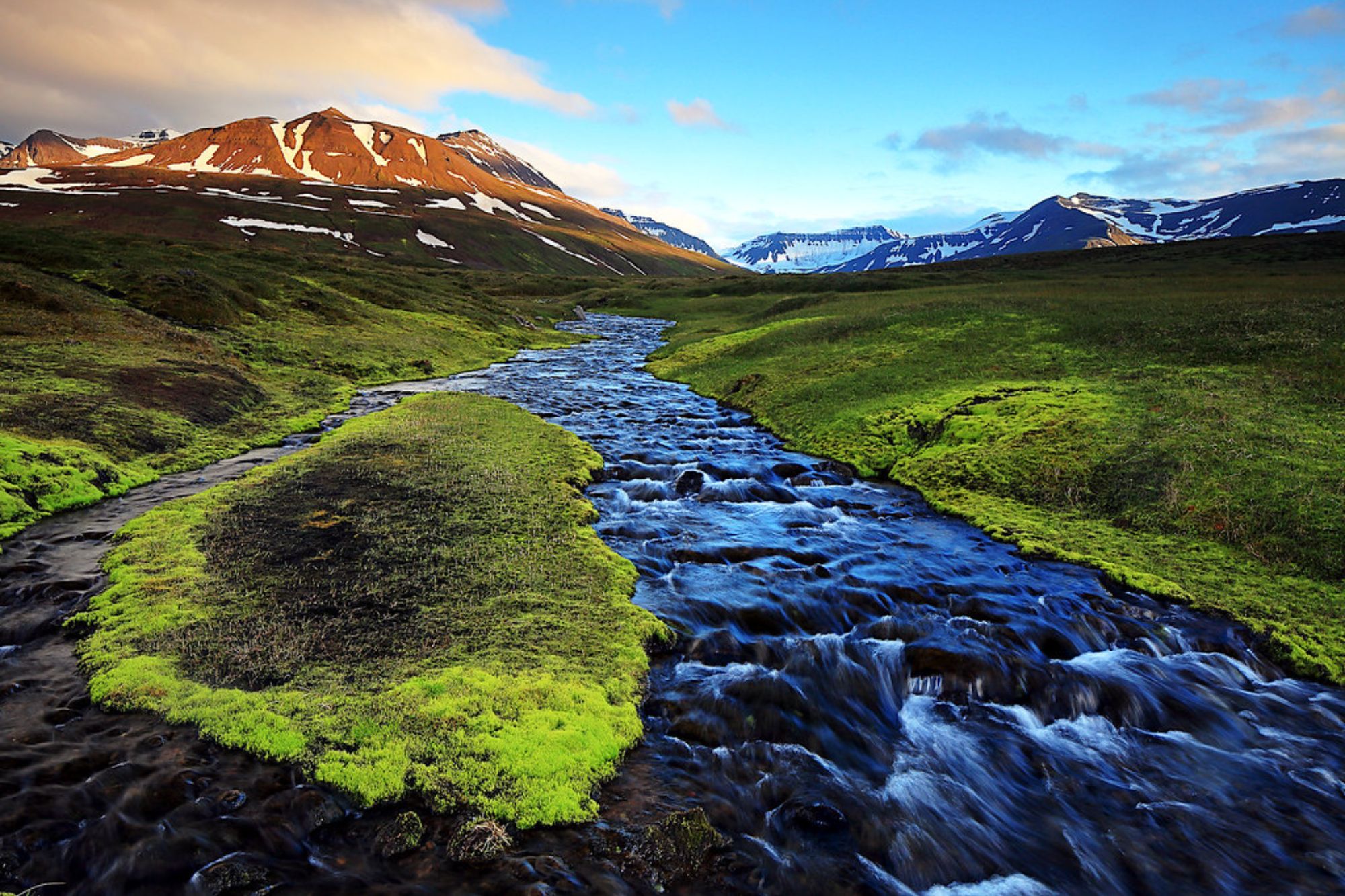
The ‘Troll Peninsula’ between Skagafjörður and Eyjafjörður features Iceland’s highest peaks outside the central highlands, creating numerous isolated valleys perfect for solitary camping. The mountains block cell signals and create natural sound barriers between adjacent valleys, amplifying the sense of isolation.
The peninsula’s remoteness and challenging terrain ensure that even during summer, finding absolute solitude requires minimal effort.
Skaftafell Wilderness
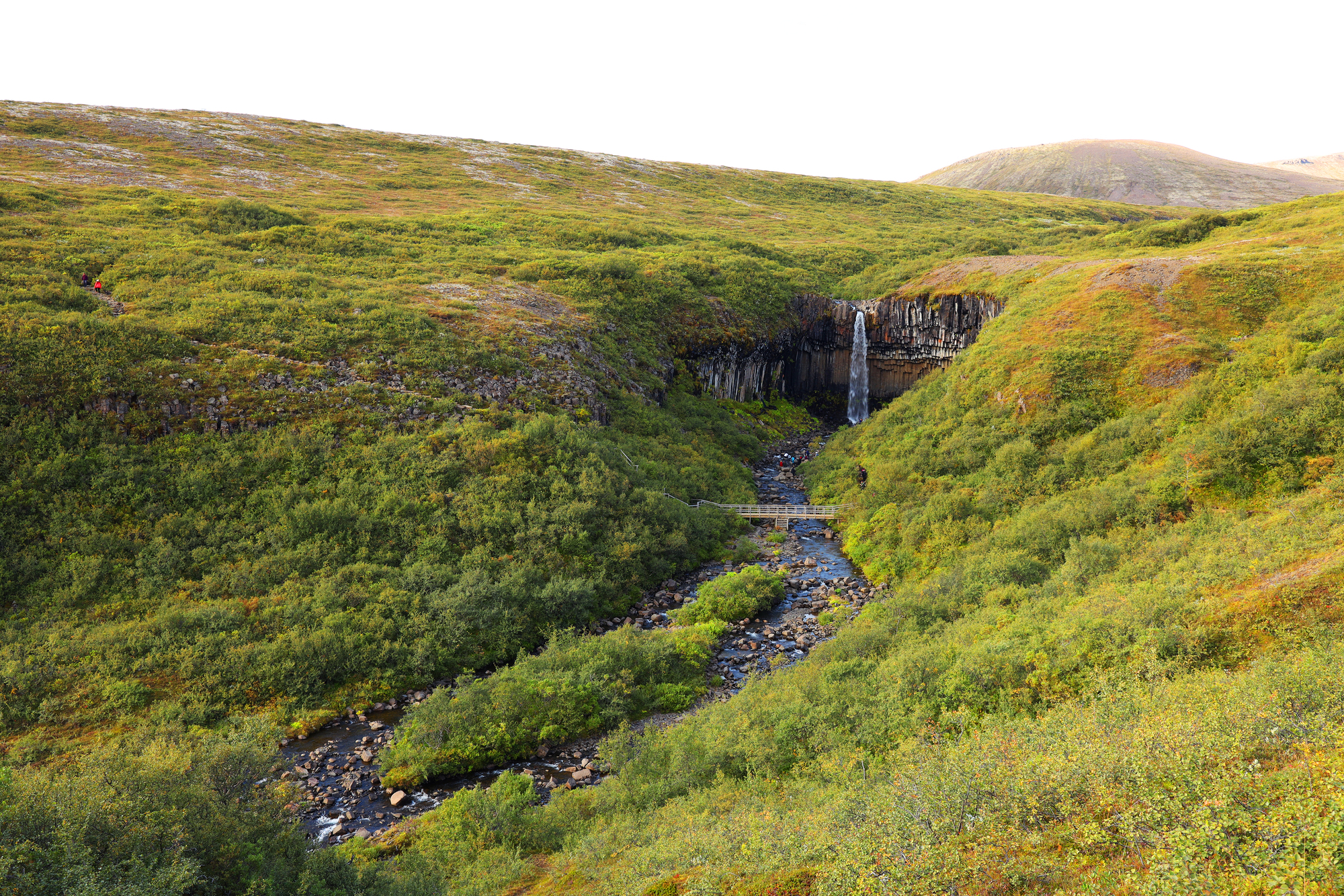
While the visitor center at Skaftafell buzzes with tourists, the vast wilderness extending up onto Vatnajökull glacier sees remarkably few overnight visitors. Just a few hours’ hike from the main campground puts you in mountain valleys where glacial tongues descend between peaks, creating natural sound barriers.
Camping near these lesser-known glacial outlets provides solitude with the gentle background music of ancient ice slowly making its way to the sea.
Like Travel Pug’s content? Follow us on MSN.
The Restorative Power of Nordic Silence
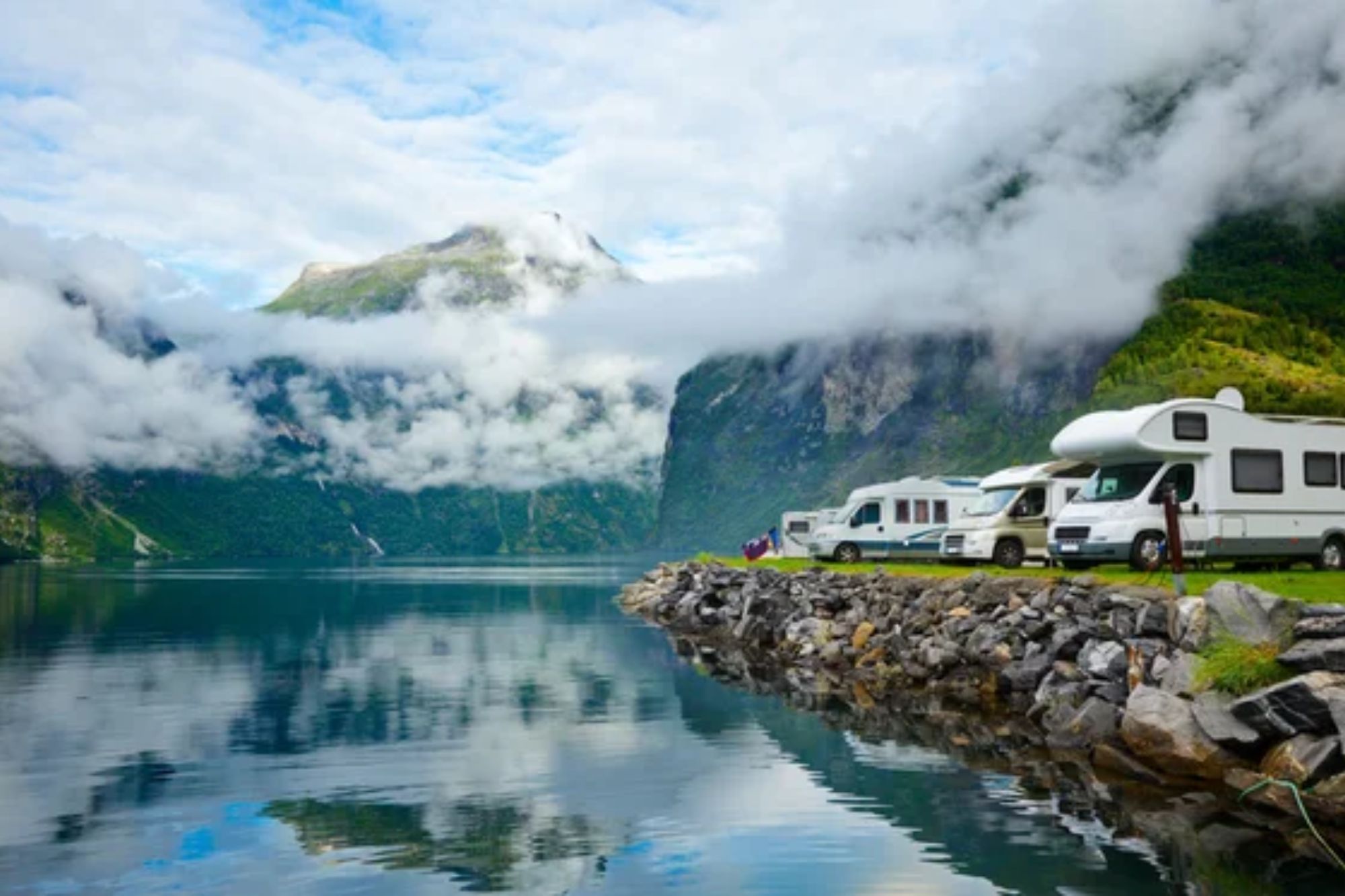
These 15 camping locations represent the essence of what makes Iceland a sanctuary for those seeking profound silence and solitude. In a country where nature dominates and human presence remains minimal, these spots offer more than just a place to pitch a tent—they provide an increasingly rare opportunity to experience absolute quiet in landscapes that showcase Earth’s most primal elements.
The silence found in these remote corners of Iceland offers visitors a chance to reconnect with an essential human experience rapidly disappearing from our noisy, hyperconnected world.
More from Travel Pug

- Cities Growing so Fast You Won’t Recognize Them in 10 Years
- 13 Destinations Where Tourists Regularly Regret Their Trip
- 20 Obscure WWII Sites Even History Buffs Don’t Know About
- 10 Under-the-Radar Mountain Towns That Are Both Affordable and Beautiful
- 20 Abandoned Places That Feel Like Real-Life Post-Apocalyptic Movie Sets
Like Travel Pug’s content? Follow us on MSN.
